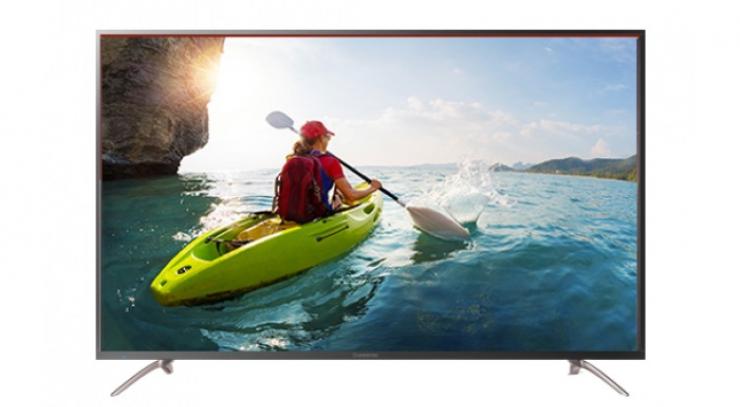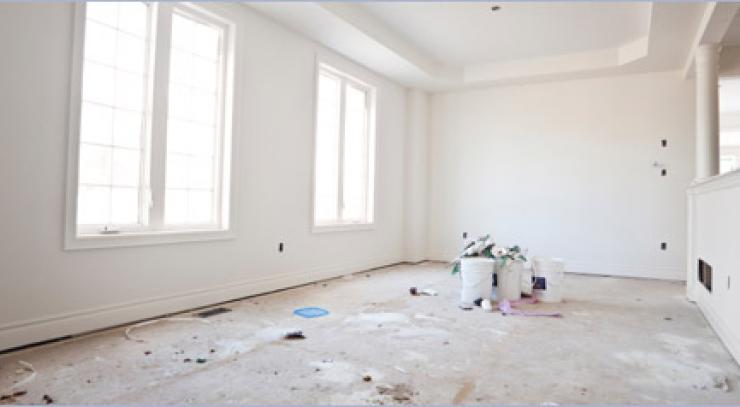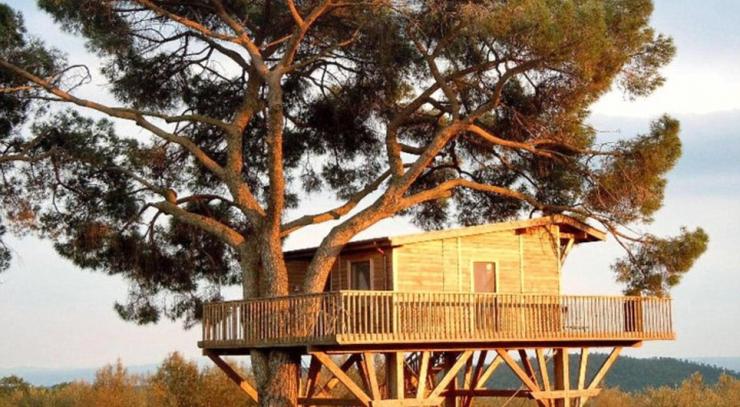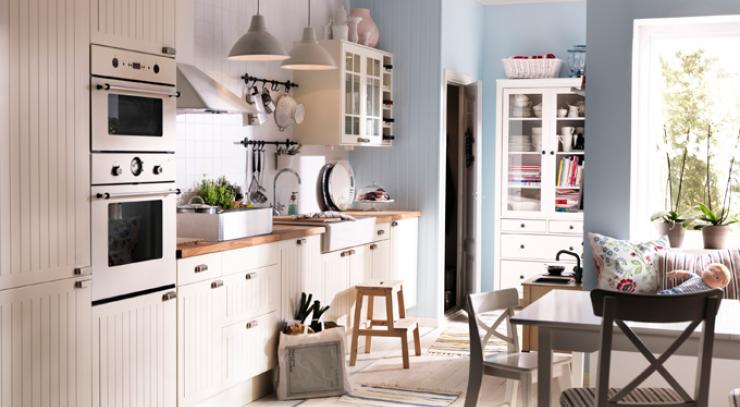In today's eco-conscious world, renewable energy solutions are changing the way we operate, and the construction industry is no exception. This article shines a spotlight on the role of temporary solar lights in Australia's construction sites and you'll discover what these lights are, why they're becoming a staple in the industry, the different types available, and the legal context surrounding their use.
Temporary solar lights are portable, self-sufficient lighting units that harness solar energy to provide illumination. They consist of a solar panel, battery, and light fixture, often mounted on a movable stand. Construction sites are no strangers to these nifty gadgets, especially given the unpredictable nature of the site's lighting requirements.
Why Are Temporary Solar Lights Essential for Construction Sites?
In a construction environment, temporary solar lights are game-changers. Their primary function is to provide lighting for construction work during low-light conditions or night-time. Here's why they are crucial:
- Safety: Adequate lighting reduces the risk of accidents on construction sites by making hazards visible.
- Productivity: With proper lighting, construction activities can continue round the clock, resulting in faster project completion.
- Flexibility: As these lights are portable, they can be easily moved and adjusted according to the project's needs.
- Sustainability: Using solar power for lighting is an excellent way for construction projects to reduce their carbon footprint.
What Types of Temporary Solar Lights Are Available?
There's a buffet of temporary solar lights available, each serving a different purpose:
- Tower Lights: These are large-scale solar lights mounted on tall poles, capable of illuminating large areas.
- Pathway Lights: Ideal for illuminating footpaths and walkways around the construction site.
- Task Lights: These are smaller and more portable, ideal for illuminating specific tasks or workspaces.
Are There Any Laws Governing the Use of Temporary Solar Lights in Australia?
In Australia, construction site lighting, including temporary solar lights, are governed by guidelines provided by Safe Work Australia. It stipulates that adequate lighting must be provided for all construction activities. This includes all areas where construction work is carried out, pathways leading to work areas, and amenities. Failure to comply can lead to penalties under the Work Health and Safety Act 2011.
How Has the Use of Temporary Solar Lights Grown in Australia?
Australia has seen a surge in the use of temporary solar lights on construction sites. Thanks to increasing environmental awareness and the falling cost of solar technologies, more and more construction projects are opting for solar lighting solutions. As a bonus, these solar lights also align with the country's goal of achieving 50% renewable electricity by 2030.
How to Choose the Best Temporary Solar Light for Your Construction Site?
When choosing the right temporary solar lights for your construction site, it's crucial to consider a few factors:
- Illumination Requirements: Depending on the size and nature of the tasks at hand, you may need different types of lights. For instance, tower lights can illuminate vast spaces, while task lights are perfect for close-up work.
- Battery Life: Look for models with long-lasting batteries, especially if you need to work through the night. Some solar lights come with energy-saving modes, which is a useful feature to extend battery life.
- Durability: Construction sites can be harsh environments, so your solar lights need to be robust and resilient. Look for models designed to withstand the rigors of construction sites.
Do Solar Lights Require Special Maintenance?
Generally, solar lights are low maintenance. However, keeping the solar panels clean is crucial for optimal performance. Dust and dirt can block sunlight and reduce the efficiency of your lights. Also, remember that the batteries will need replacing every few years.
Can Solar Lights Operate in Bad Weather?
Absolutely! Most temporary solar lights are designed to withstand a variety of weather conditions, including rain. However, their performance might be slightly affected on cloudy days when sunlight is scarce. It's always a good idea to have a backup plan in such situations.
All in all, temporary solar lights are a shining star in Australia's construction industry. They offer an eco-friendly, reliable, and cost-effective lighting solution that aligns perfectly with the nation's sustainability goals. Whether you're building a skyscraper or a small family home, these solar-powered gadgets can make your construction site safer, more efficient, and more environmentally friendly.
References
- Clean Energy Council. (2022). How Does Solar Work? https://www.cleanenergycouncil.org.au/resources/consumer-advice/how-does-solar-work
- WorkSafe Queensland. (2021). Lighting and Ventilation. Retrieved from: https://www.worksafe.qld.gov.au/laws-and-compliance/workplace-health-and-safety-laws/laws-and-legislation/work-health-and-safety-act-2011
- Department of Industry, Science, Energy and Resources. (2023). Solar Panel Maintenance. https://www.industry.gov.au/policies-and-initiatives/australias-national-renewable-energy-target-ret/solar-panel-maintenance
- Orca Solar Lighting. https://orcasolarlighting.com.au/temporary-solar-lighting
- The Australian Renewable Energy Agency. (2021). The Future of Solar Energy in Australia. https://arena.gov.au/blog/the-future-of-solar-energy-in-australia/
- Safe Work Australia. (2021). Construction - Lighting. https://www.safeworkaustralia.gov.au/construction
- The Australian Renewable Energy Agency. (2021). Australia’s Renewable Energy Future. https://arena.gov.au/about/what-is-renewable-energy/
- Work Health and Safety Act 2011. (2011). https://www.legislation.gov.au/Series/C2011A00137
- Department of Industry, Science, Energy and Resources. (2022). Australia's National Renewable Energy Target (RET). https://www.industry.gov.au/policies-and-initiatives/australias-national-renewable-energy-target-ret














